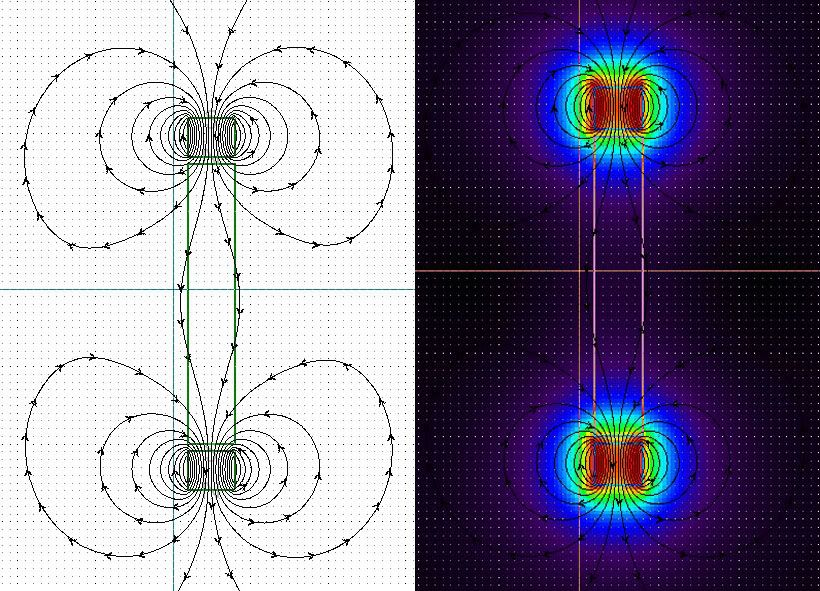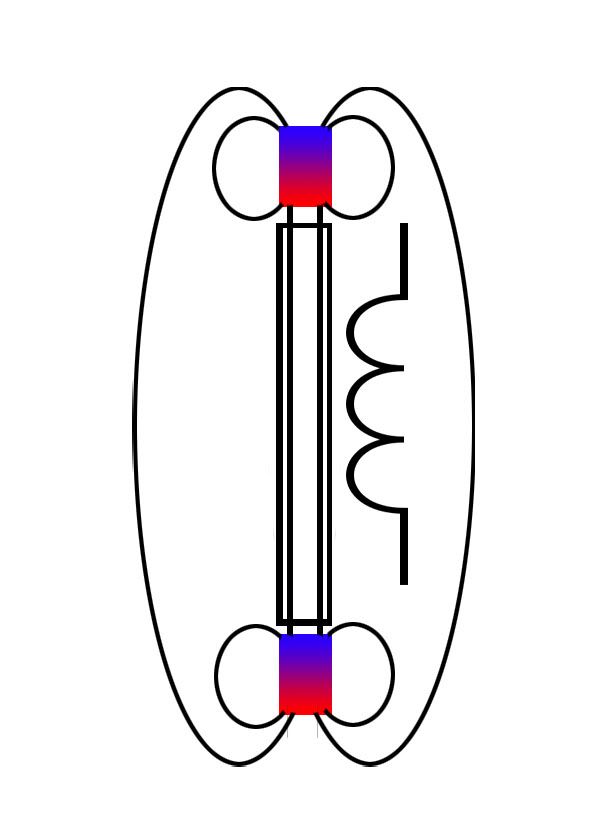I found a link for home-made super caps which caught my eye.
Re:Home made supercaps - UltraCapacitors.org - Ultra Capacitor - Super Capacitors - Super Battery?
If we rotate the plates the capacitance will jump from a very small value to a f***ing huge one (The author claims 25F. Even 1 Farad would be awesome but 25!) While mechanical it still could yeild very large changes in capacitance very quickly (well depending on the RPM of your motor). Anyone else's comments would be very much appreciated as part of me still feels like I can't believe what I am seeing.
Re:Home made supercaps - UltraCapacitors.org - Ultra Capacitor - Super Capacitors - Super Battery?
If we rotate the plates the capacitance will jump from a very small value to a f***ing huge one (The author claims 25F. Even 1 Farad would be awesome but 25!) While mechanical it still could yeild very large changes in capacitance very quickly (well depending on the RPM of your motor). Anyone else's comments would be very much appreciated as part of me still feels like I can't believe what I am seeing.





Comment